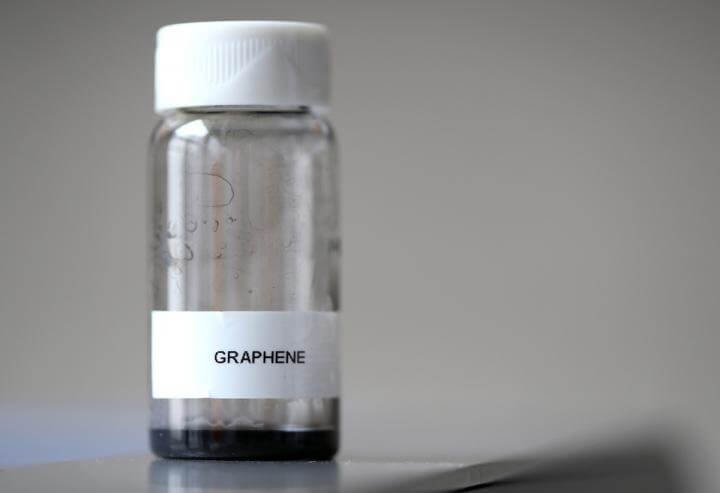- Get link
- X
- Other Apps

Researchers at the University of Iowa's Jonathan Claussen Laboratory, who prefer to call themselves nanotechnological engineers, are looking for ways to use graphene and its impressive capabilities in their sensors and other technologies. It is a technology that allows you to print graphene chips on paper using an inkjet printer. The method developed by scientists is characterized by low cost, which is very important for the technologies that are supposed to be used for real devices.

Iowa State University engineers have developed real low-cost graphene technology. Photo by Christopher Gannon of Iowa State University
Graphene is an amazing material - honeycombs of carbon just one atom thick. It perfectly conducts electricity and heat, possessing also durability and stability. Researchers are looking for opportunities for their small laboratory samples, which are the fruit of studying the properties of this promising material, to find practical application.
In a recent project, inkjet printers were used to print multilayer graphene boards and electrodes. The project allowed engineers to conclude that graphene can be used in flexible, wearable and inexpensive electronics. Is it possible to make a graphene glucose sensor? After all, for this, the size should be large enough.
The problem lies in existing technologies. Printed graphene can increase the conductivity and performance of the device. But it always means the use of high-temperature and chemical effects. Both can lead to degradation of flexibility and damage to the surface on which printing is applied - plastic film or even paper.
So scientists Suprem Das (Suprem Das) and Jonathan Claussen (Jonathan Claussen) had the idea of using a laser to process graphene. And this idea worked. Scientists have discovered that laser processing of multilayer graphene electric circuits and electrodes printed using a printer using a lasing process in a pulsed mode increases the conductivity of electricity without damaging paper, polymers and other fragile surfaces used for printing.
According to Klaussen, this opens the way to commercialization and increasing the scale of graphene production.
The results of this study were published in the journal Nanoscale. Among the areas in which the results of this study can be used over the years are sensors for biological tasks, energy storage systems, electrically conductive components, and even paper-based electronics.
To make all this possible, engineers developed computer-controlled laser technology and selectively irradiated graphene oxide used in inkjet printing. Such processing eliminates the need for a binder material ("ink") and allows you to convert graphene oxide to graphene, physically linking millions of tiny graphene "flakes" to each other. This process improves the conductivity of electricity more than a thousand times.
Das explains that the laser allows you to process the material with highly energy-rich photons, without destroying either graphene or the surface on which printing is performed, since the laser effect is applied locally.
Being localized, the laser process also changes the shape and structure of printed graphene from a flat surface to a three-dimensional nanostructure. Engineers say that 3D structures are like tiny petals rising above the surface. This surface roughness increases the electromechanical reactivity of graphene, making it possible to use it in chemical and mechanical sensors.
In the future, this will allow to create not only the sensors themselves, but also cheap electromechanical electrodes based on graphene, which can find a huge variety of applications, including sensors, biosensors, fuel cells and medical devices.
Based on sciencedaily.com
The article is based on materials .
- Get link
- X
- Other Apps
Comments
Post a Comment